Paper vs. Plastic
In this article, Koen Pack shares their view with us on sustainable packaging
WRITTEN BY: THURSD | 25-11-2020
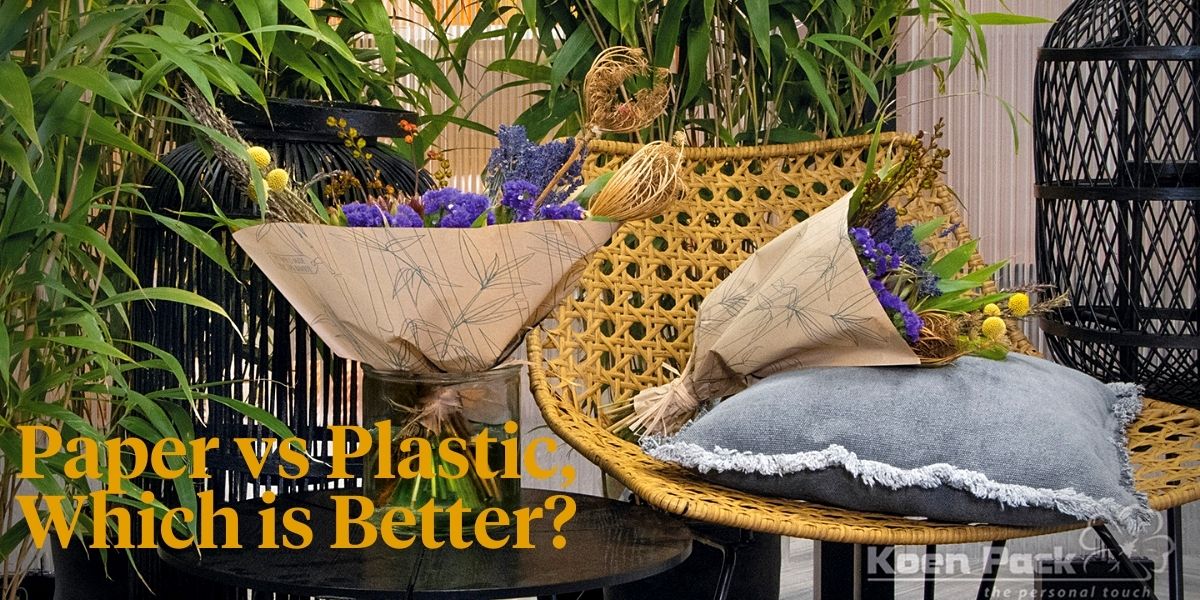
Koen Pack’s Packaging and Decoration
Since its foundation in 1996, Koen Pack has developed into a well-known name in packaging and decoration for the flower and plant industry. Making flowers and plants even more beautiful, that is their motto. Koen Pack develops new collections every year and invests a lot in creating better, and more sustainable solutions for packaging.

Paper vs Plastic, Which is Better?
Nowadays, more and more people ask for paper and cardboard solutions, instead of plastic ones. But, what is a more sustainable packaging? Which packaging is better? A paper one? Or a plastic one?
A simple question, but not such a straightforward answer.
In this article, Koen Pack shares their view with us on sustainable packaging.
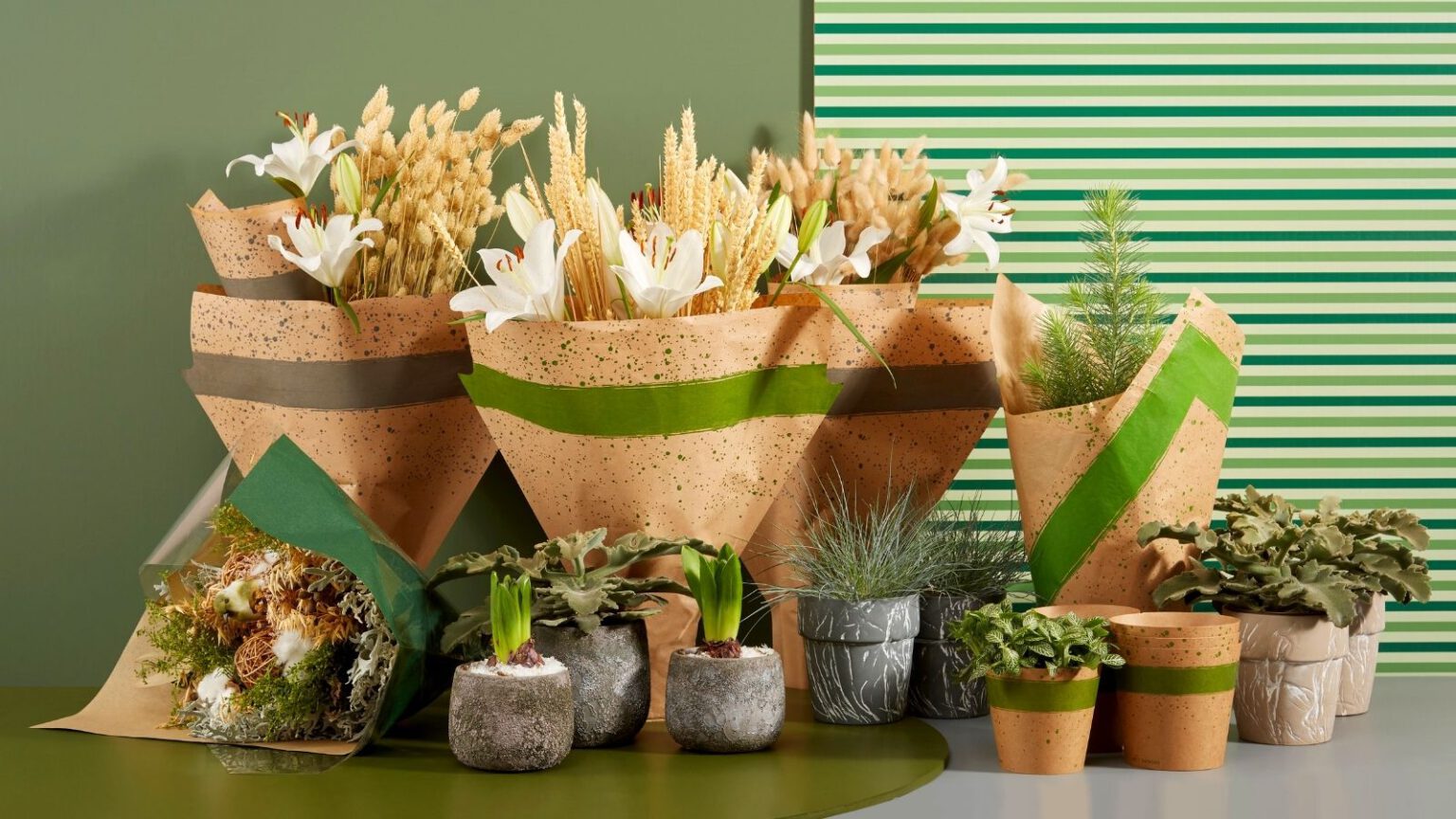
The Quick Answer
In general, you can say that when the plastic is not recycled after use, then paper is less of a burden environmentally. It seems logical when you discard paper, it feels safer than throwing out plastic.
So paper is better than plastic in the case that there will be no recycling. And maybe this is why Koen Pack sees that many Western European customers are asking for paper lately because not so much is recycled anyway.
If there is proper plastic recycling, then plastic is the better way. And of course, often people in the flower business use plastic because in its use it’s better than paper. Water resistance, for example, can be a great decision maker towards plastics.
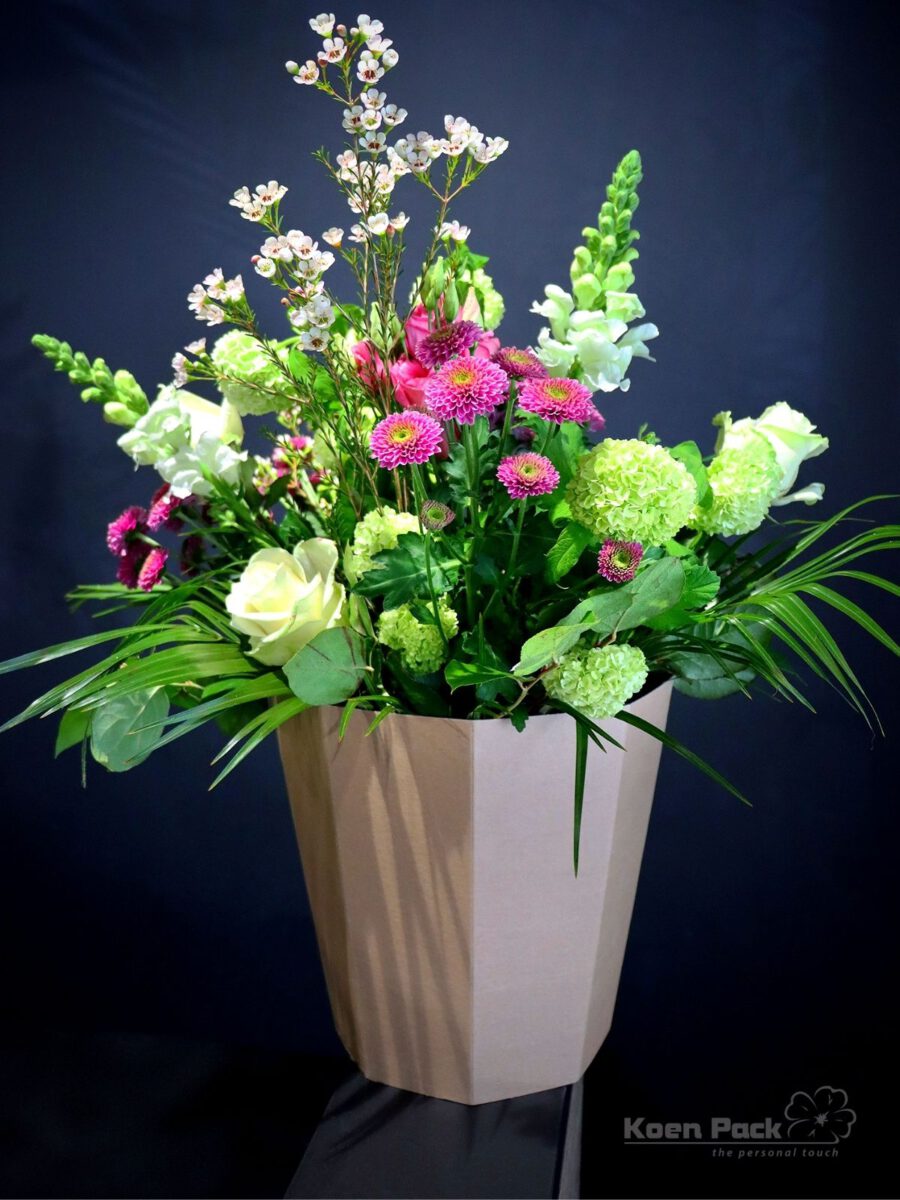
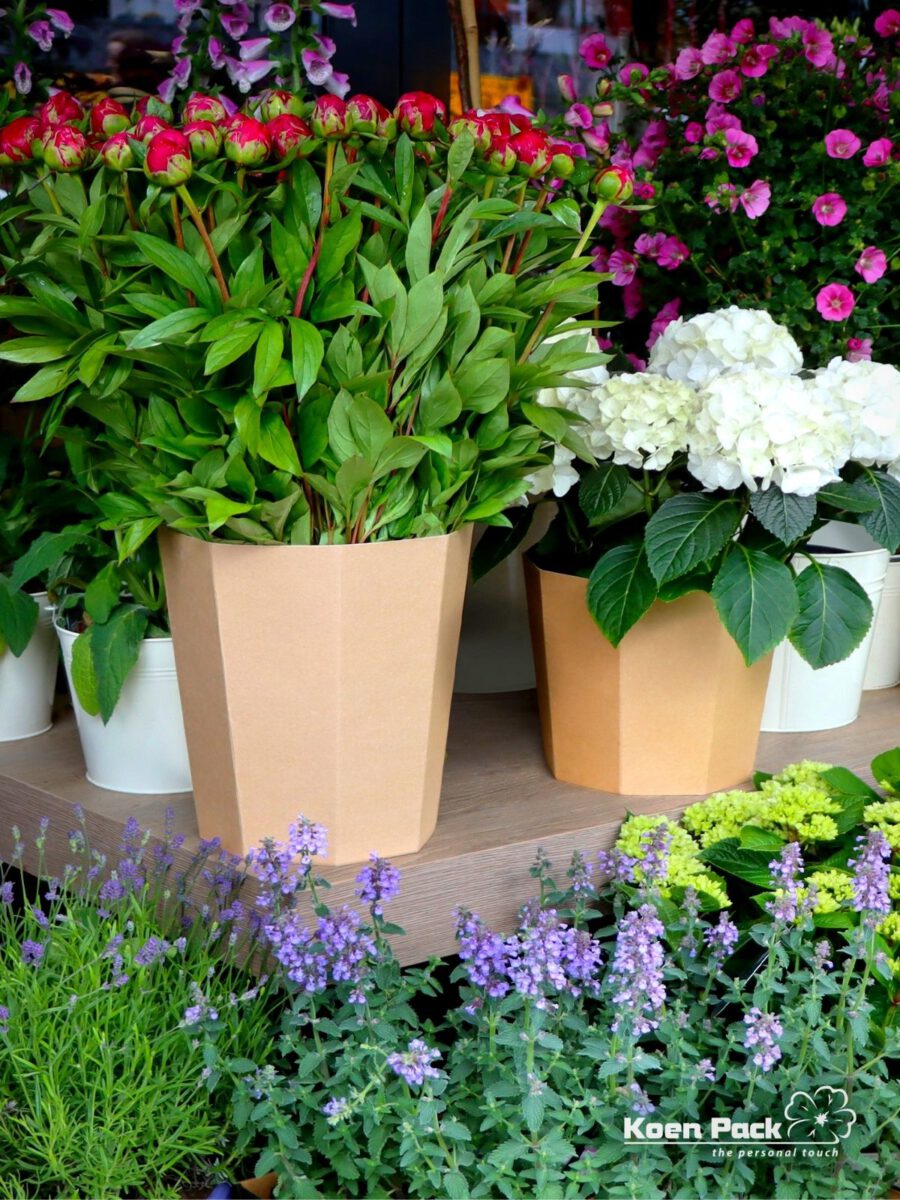
When Do You Choose Paper or Plastic?
Since paper is less strong than plastic, a paper bag requires more material than a plastic bag with the same weight. Moreover, the combination of paper and water is not optimal for the packaging of flowers and plants. There’s a lot of water involved. Not only in the buckets but also in the soil. Therefore, paper is not always an option.
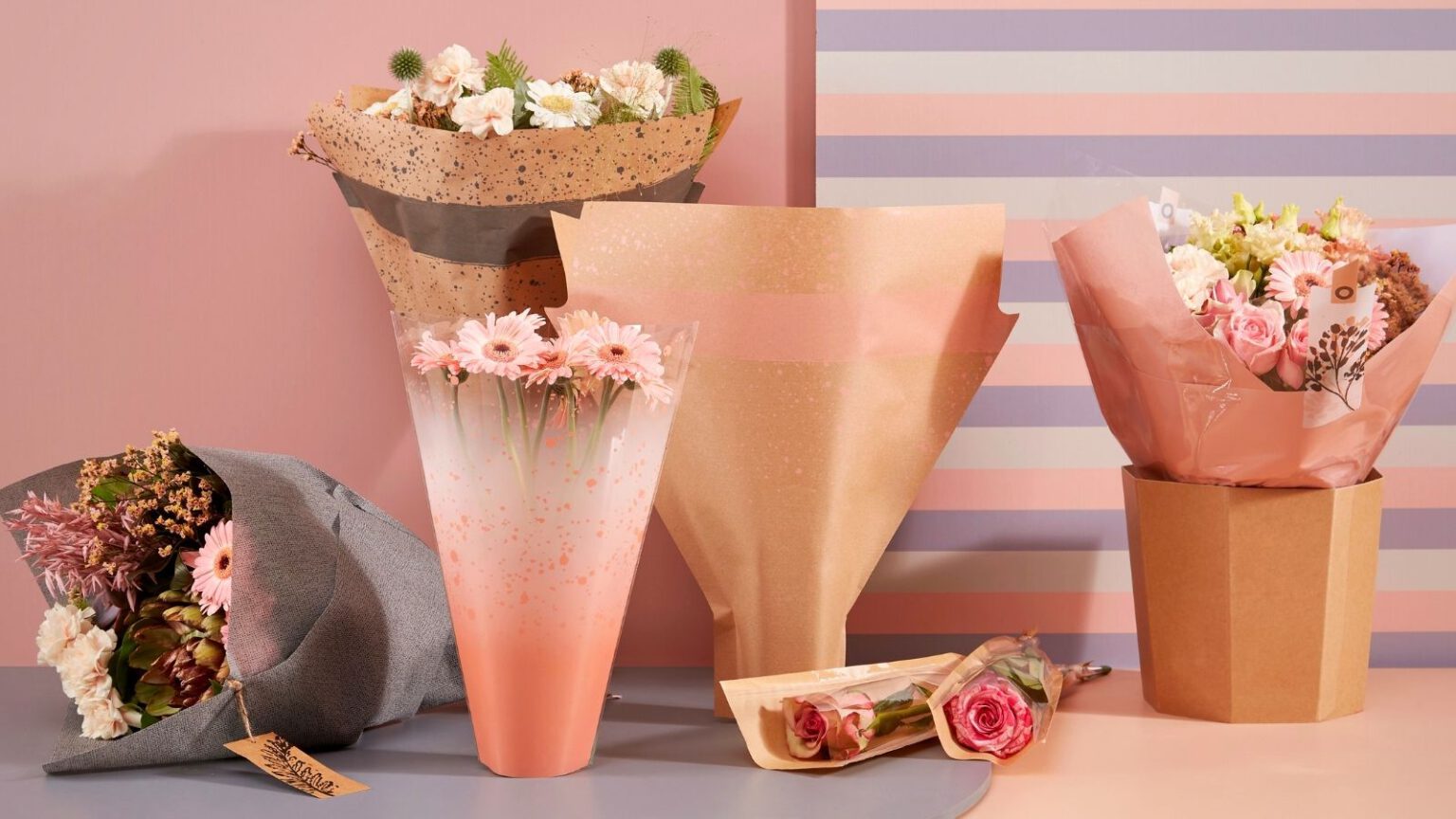
Don’t Stop Here. The Long Answer is Very Interesting
Returning to the question; how sustainable is paper compared to plastic? Which is better? Paper or plastic?
This is a truly very difficult question. Because you have to not only take the residual flows into account. But also the way in which it is produced, and from which materials. You can’t just focus on paper versus plastic because you have to look at the entire system.
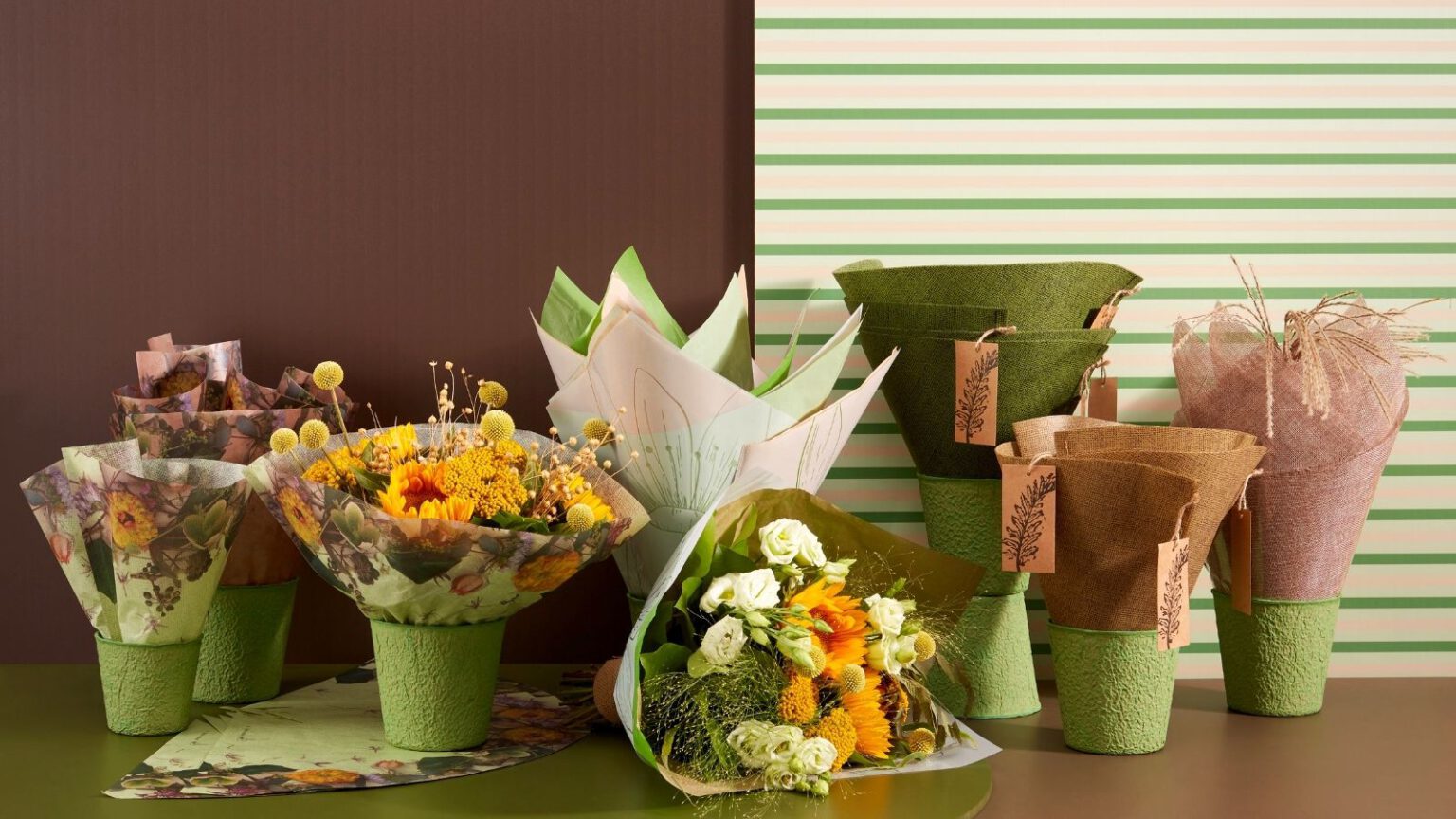
Circular
Understand that, when plastic is recycled, and something new is made of it, the chain is closed and circular. At most Western European companies, the paper is collected and disposed of separately, with which new products can be made from paper, which is also circular. About the same, right?

The Materials Used
The environmental impact of packaging is closely related to the material used, the purpose for which you use it, specific customer requirements, and whether you can recycle or reuse it properly. In addition, raw materials and energy are required for the production of packaging. The transport and recycling of packaging also costs energy. All of this is harmful to the environment. You really have to know all the details.

Paper is Better
Whether paper is a more environmentally friendly packaging material than plastic depends on several factors. One kilo of paper produces less greenhouse gas than one kilo of plastic and the raw material (wood) is renewable. However, for paper, you need production forests. Paper can be made from tomato plants, bamboo, and old jeans as well nowadays.

FSC Logo
By using items with an FSC logo, you contribute directly to the protection of our worldwide forests and a healthy living environment for humans and animals worldwide. The sleeves and pot covers can be recycled with the paper stream after use.
FSC Sleeves 'Kirsten'
These sleeves and pot covers are a completely new autumn series at Koen Pack. They are made of responsible paper and cardboard and they are FSC quality marked.

Bamboo
Bamboo is a fast-growing type of grass that is extremely suitable for making paper. It is compostable, recyclable, and has a sustainable look.
In 6-8 months, a Bamboo culm reaches its full height and thickness, making it one of the fastest-growing crops for making paper. Like trees, Bamboo plants are a renewable resource that absorbs CO2. Bamboo grows through sun and water, is biodegradable, and can serve as bioenergy. The Bamboo fiber is flexible and the paper made from Bamboo is therefore smooth. It is expected that the share of bamboo in paper manufacture will increase, especially in countries where wood is difficult to obtain.

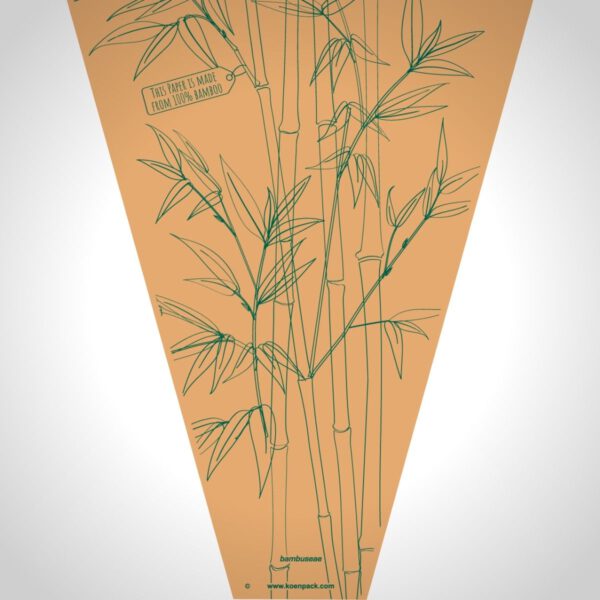
Plastic is Better
Plastic that can be 100% recycled is better than paper. An example of products made from recycled material is the semi-transparent sleeves made of rHDPE and rLDPE.
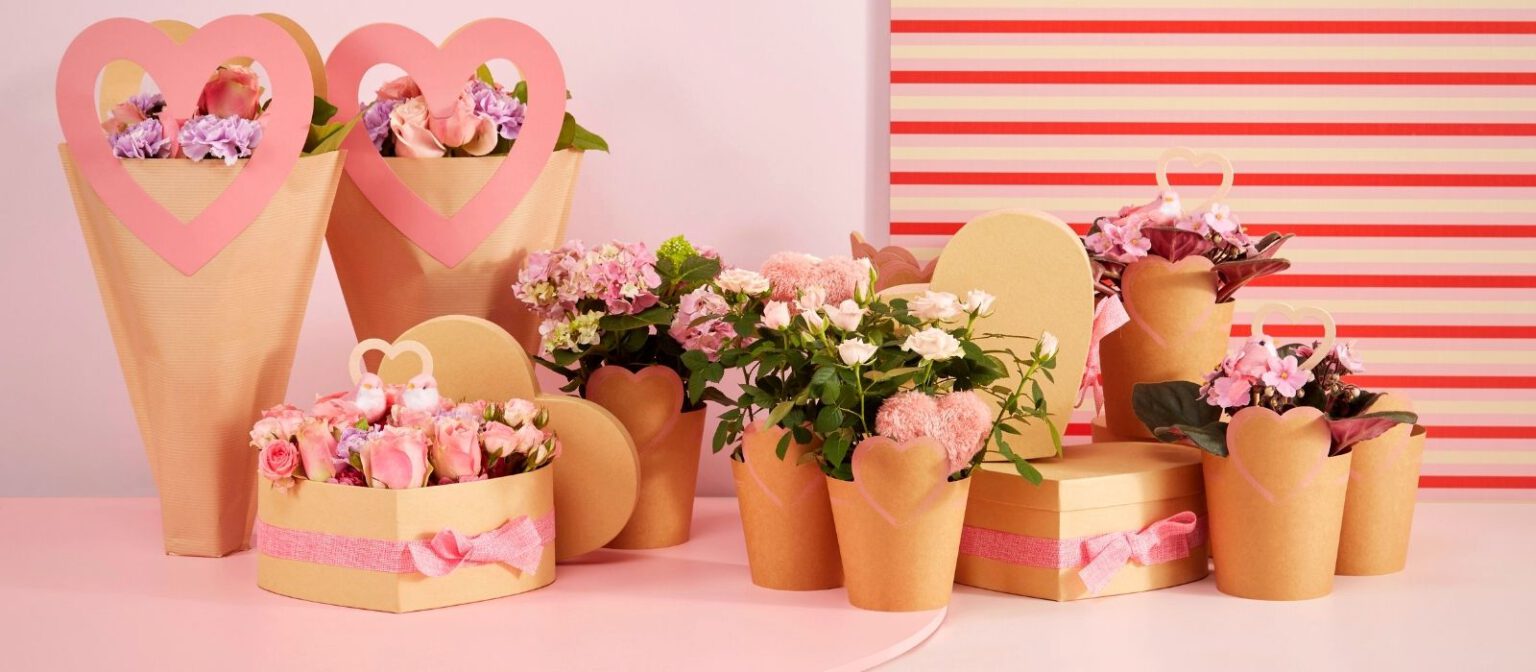
Conclusion: Plastic Isn’t That Bad
As long as there is no better choice than plastics, we must ensure that it ends up in the correct waste bin so that something can be done with it. Information is key.
Download the Koen Pack sustainability whitepaper here.

If you have more questions about packaging, materials, or other packaging options, please send an email to sales@koenpack.com with your request and we will contact you.
Liens rapides vers d'autres pages
Page d’accueil
La site web sur la durabilité
Quelle est la différence entre compostable, biodégradable et biosourcé?
Koen Pack Politique en matière de déchets et techniques de traitement
L'impact environnemental des emballages, optez-vous pour le papier ou le plastique?
À la boutique en ligne
Demande une livre de matériaux
Questions fréquentes
Que fait Koen Pack lui-même?
Sessions de connaissances sur place aux Pays-Bas
Le dictionnaire de durabilité

